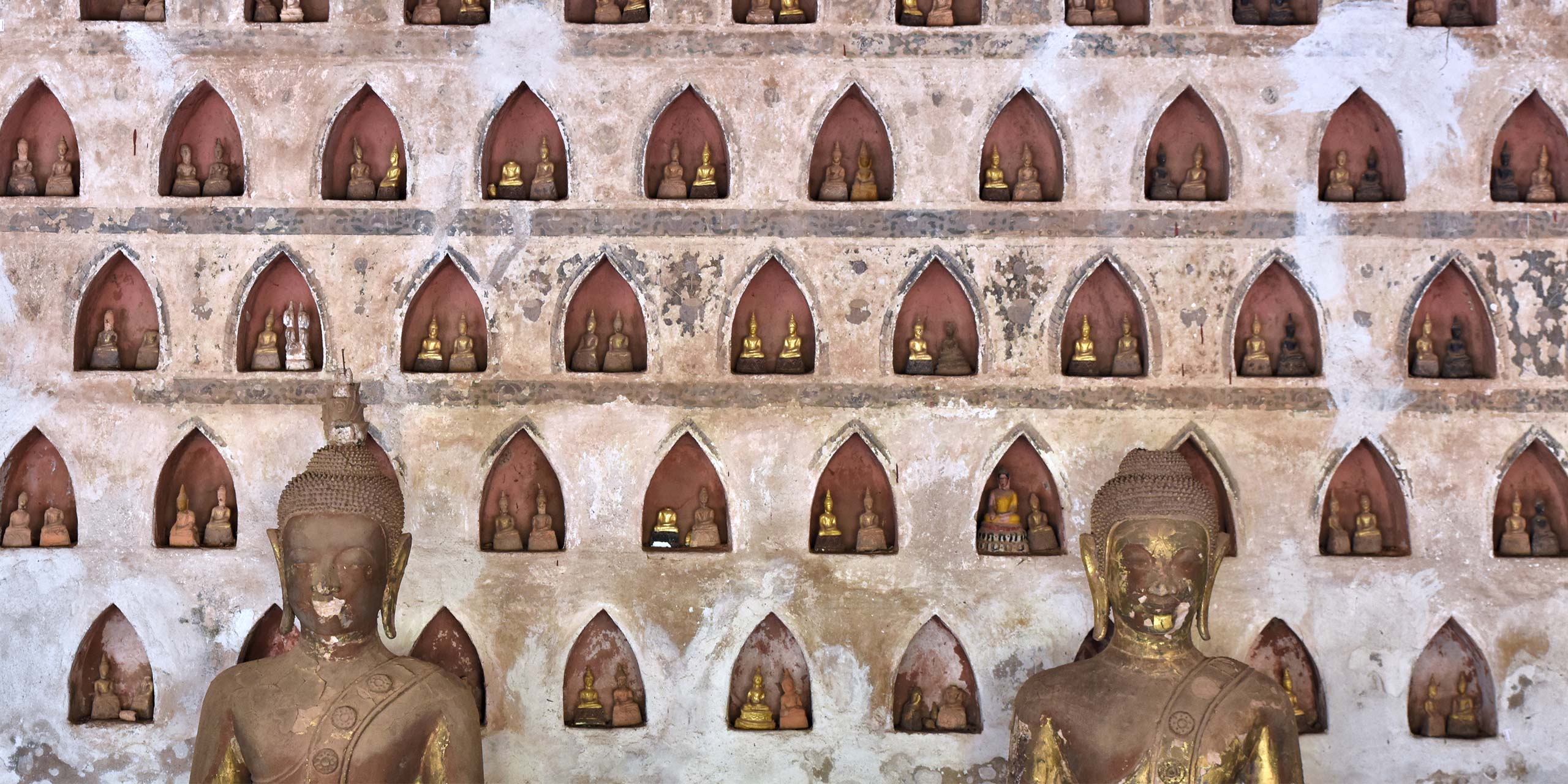
My ears are ringing with a thunderous noise that doesn’t exist. As I stand beneath a towering statue in downtown Vientiane, I’m trying to imagine the sound of a million elephants. The collective din of so many such beasts, their giant feet thumping the turf in unison, could surely drown out a Super Bowl crowd. Yet an elephant horde that size was legendarily commanded by one man, who is depicted by that grand sculpture looming over me.
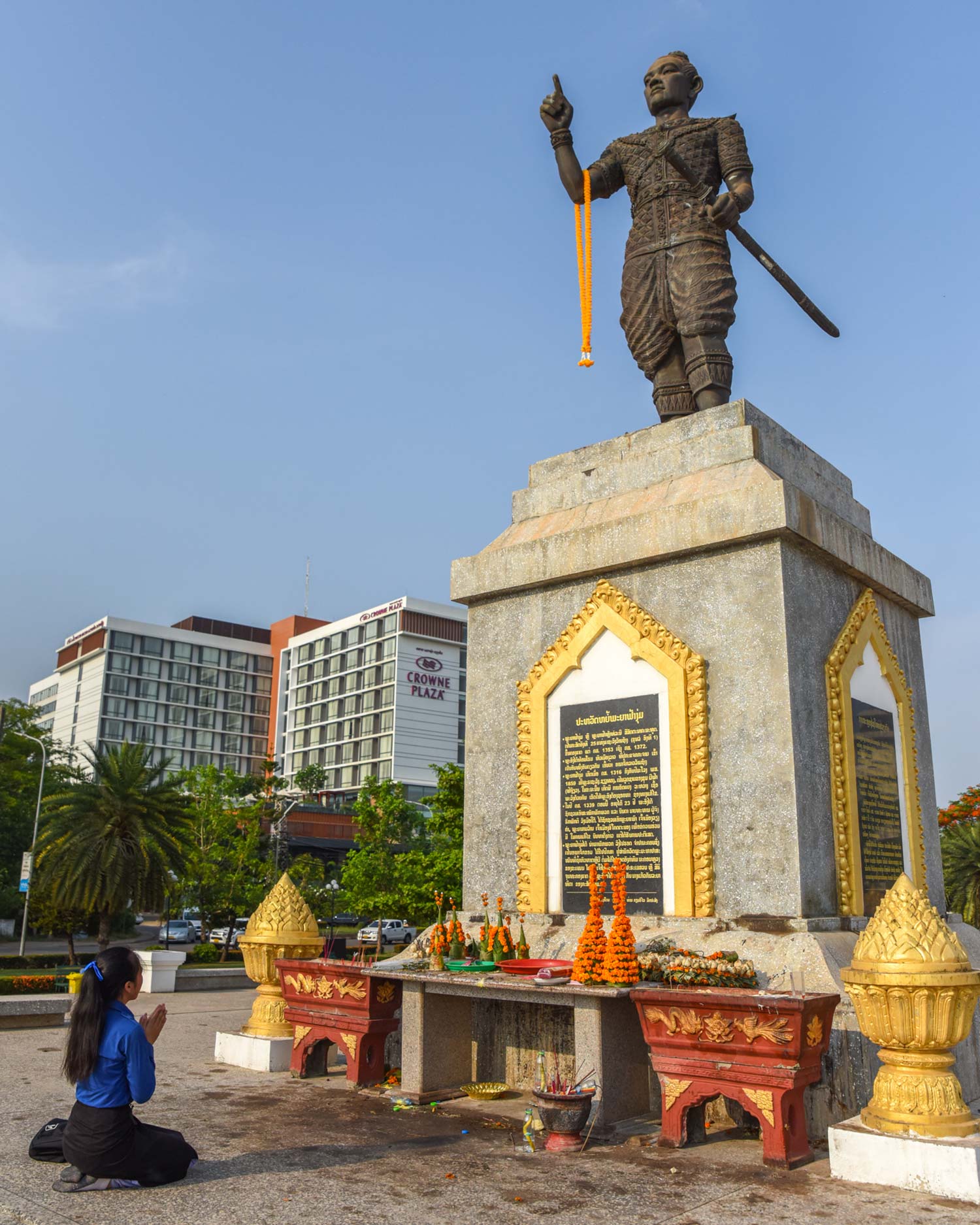
His name was Fa Ngum, creator of Lan Xang, the Kingdom of One Million Elephants. Observant tourists can spot his fingerprints all over this nation from its magnificent historic capital Luang Prabang to its current national hub of Vientiane.
Many will pass his impressive bronze statue, about 4m tall and roosted atop a stone platform in Fa Ngum Park. That green space sits in the middle of one of the busiest intersections in Vientiane. To its north is Crowne Plaza Vientiane, one of the city’s biggest hotels, to its south is the attractive Wat Xieng Vae temple, to its east is the touristy night market, and west lays glimmering Wat Hua Meng temple.
Visitors won’t learn much about Fa Ngum by visiting this statue, fittingly flanked by elephant artworks. Because its signage is limited. But those with a thirst for history can quench it at either Vientiane’s Lao National Museum or Luang Prabang’s Royal Palace Museum. The former is a hulking, modern structure in the capital’s sleepy northern suburbs, while the latter is a more intimate facility housed in the sublime former Royal Palace.

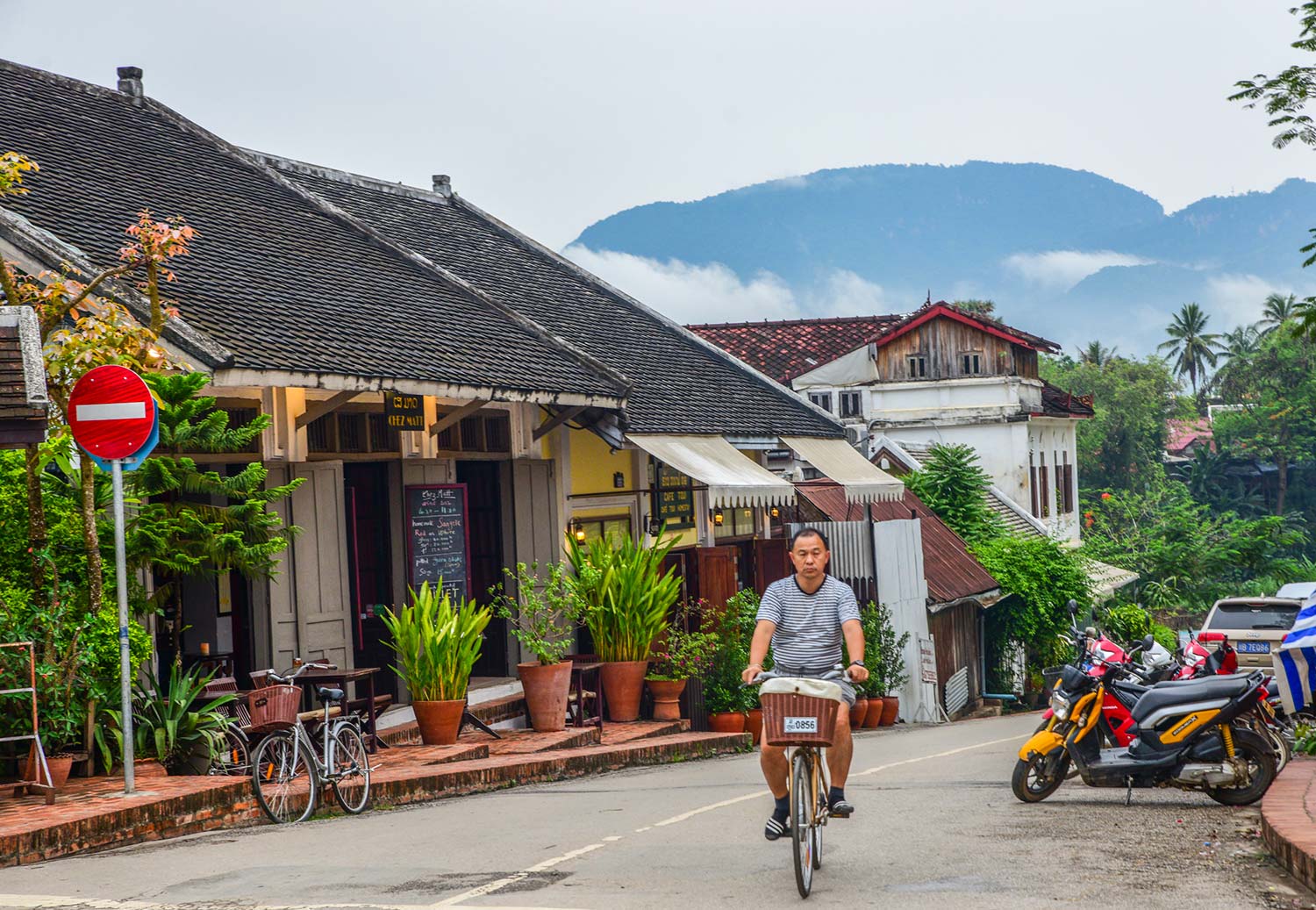
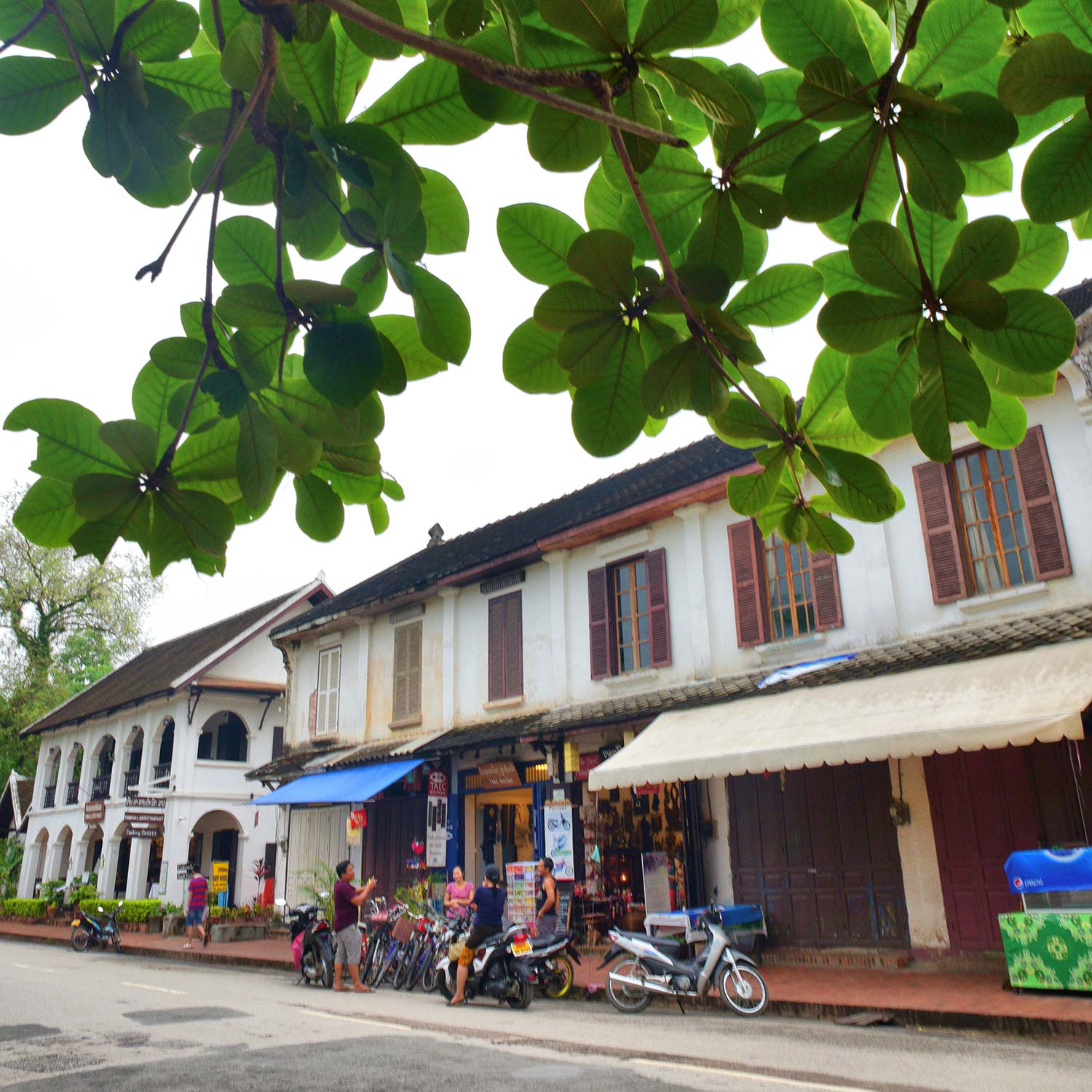
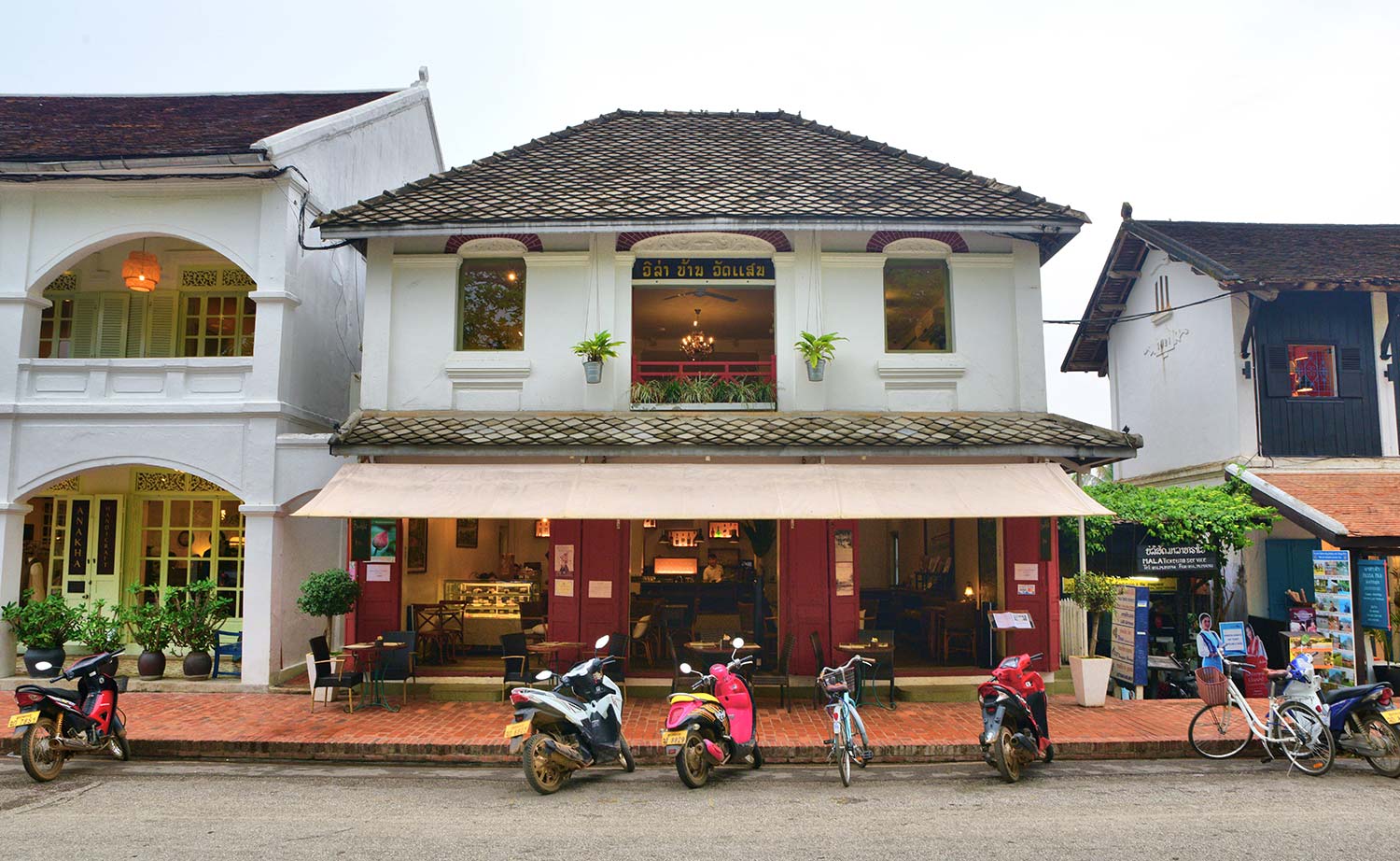
Both museums explain that Fa Ngum is widely considered to be the founder of Laos. The lack of a consensus on this subject stems less from disagreements about the country’s ancient history and more from the paucity of reliable texts. Historians have scant material to work with once they start delving back as far as 1316 when Fa Ngum was reputedly born.
He entered a world in which his Lao people had limited power. At that time, the nation now called Laos was merely an array of modest settlements spread out over a vast, forest-clad region. These communities lived in the sprawling shadow of the fearsome Khmer Empire. That Cambodian kingdom was ruled from Angkor, a colossal city some 500km south of Vientiane, where its rulers in the 12th century had built the now-famous Angkor Wat temple.
Historians believe Angkor may have been the world’s biggest city in the 14th century, with up to 1 million inhabitants. The empire it anchored had grown so rich and powerful that Khmer territory stretched north to China, south to what’s now southern Thailand, west to modern-day Myanmar, and east to Vietnam.
This kingdom intimidated most leaders in the region. But not Fa Ngum, as those museums reveal to visitors. Perhaps because he possessed valuable insider knowledge of the Khmer Empire. Lao lore goes that an indiscretion by his father saw a young Fa Ngum and his family exiled from Luang Prabang. So, he grew up in Angkor and was wed to a member of its Royal family.

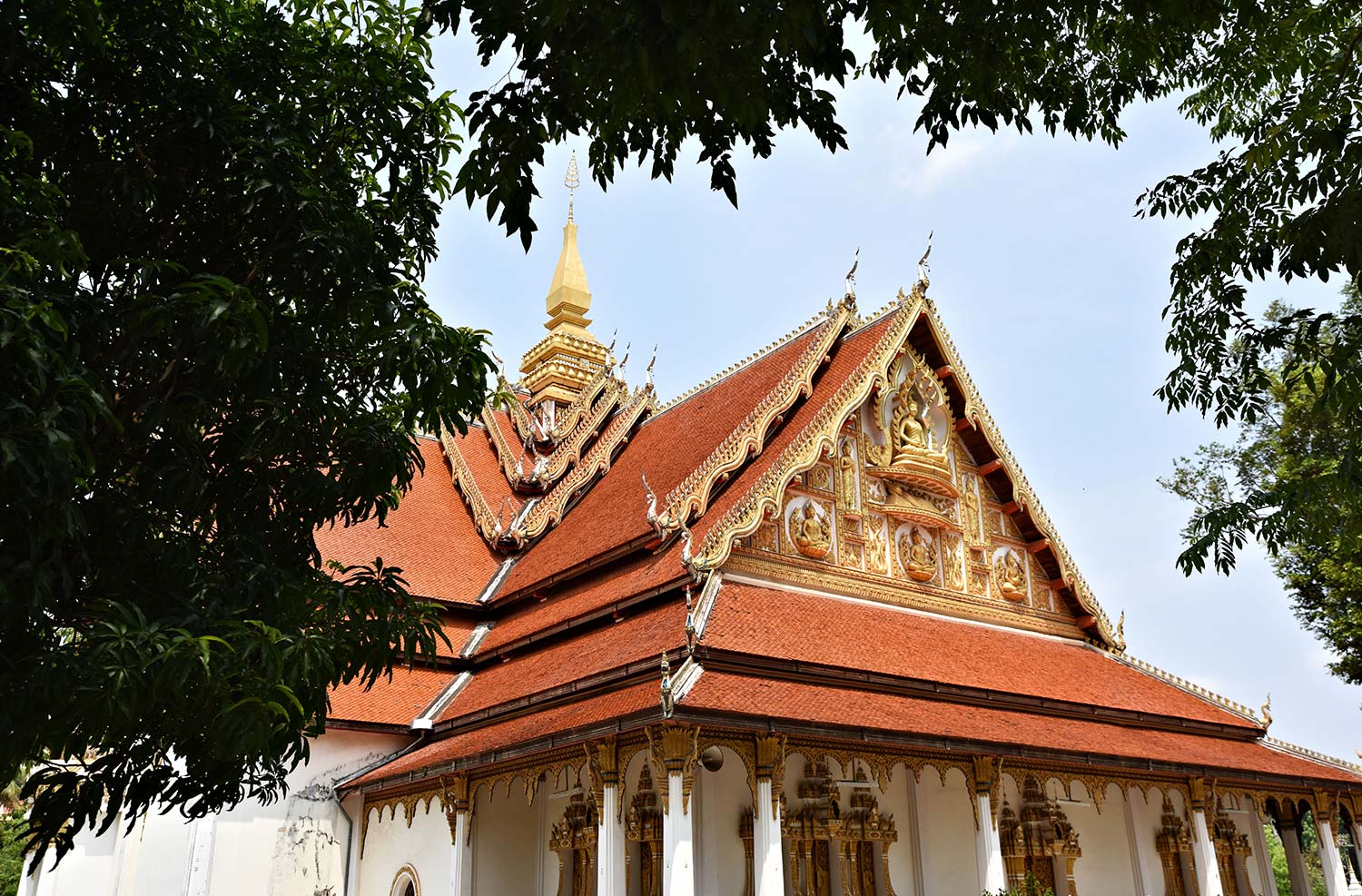
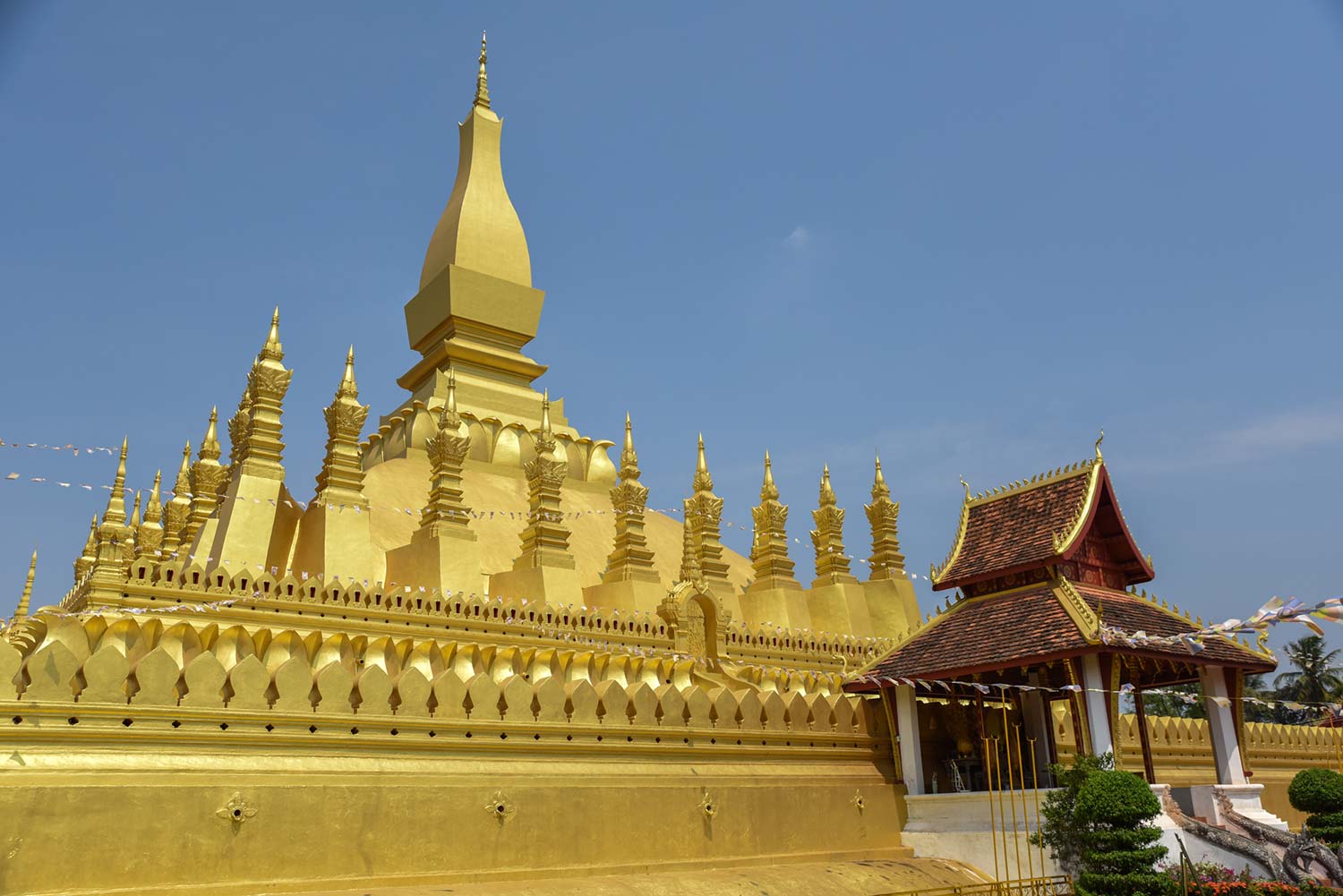
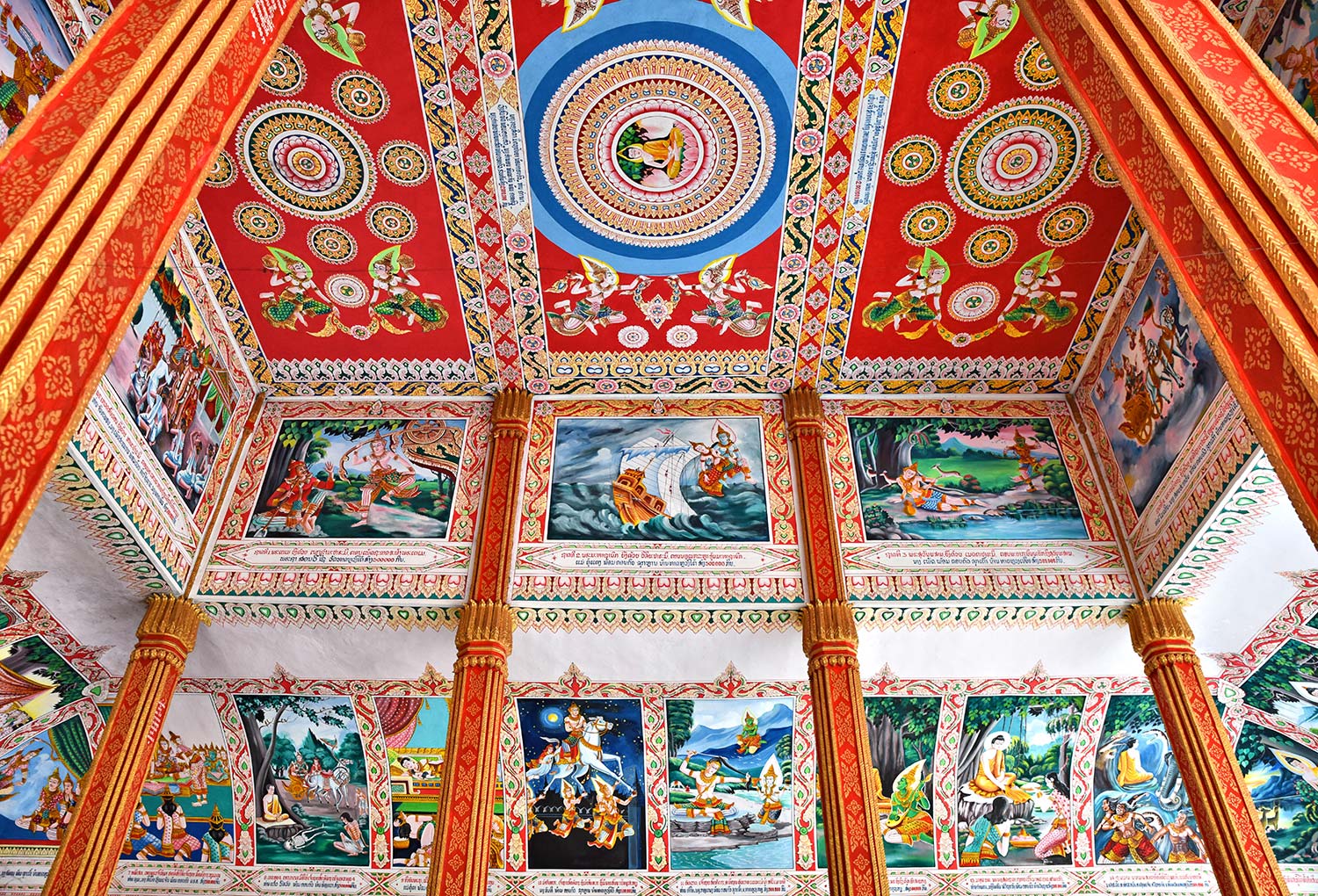
Yet neither he nor his father had allegiance to the Khmer Empire. So, in 1350 they rallied Lao troops and launched a revolt which began in southern Laos. Many travellers who savour the natural splendour of Si Phan Don, a cluster of 4,000 islands in the Mekong River, wouldn’t know that Fa Ngum’s bold campaign gathered pace in this region, near the border with Cambodia.
Even after his father died, Fa Ngum continued to fight further north, capturing fresh territory. Eventually, he reached Luang Prabang and seized it as the capital of his new kingdom, Lan Xang. Next, he took the city of Vientiane, and his empire swelled and swelled, eventually incorporating most of the area now known as Laos.
In this new, united Laos, Fa Ngum introduced Theravada Buddhism. This remains the national religion, with many tourists drawn to Laos to visit its gleaming, gilded Buddhist temples. Such as Vientiane’s iconic Phra That Luang, a dazzling complex anchored by a gilded stupa which supposedly enshrines a piece of Lord Buddha’s breastbone. Or Wat Manorom, the magnificent monastery in Luang Prabang, built in the early 1370s, around the same time Fa Ngum met his downfall.
This trailblazer was dethroned and banished to Nan, a mountainous Thai region east of Chiang Mai. But that ignominious ending has not tarnished the reputation of Fa Ngum. More than six centuries later, his tale is relayed daily to local students and visiting tourists, and he stands tall in the capital of Lao, the country he created.
